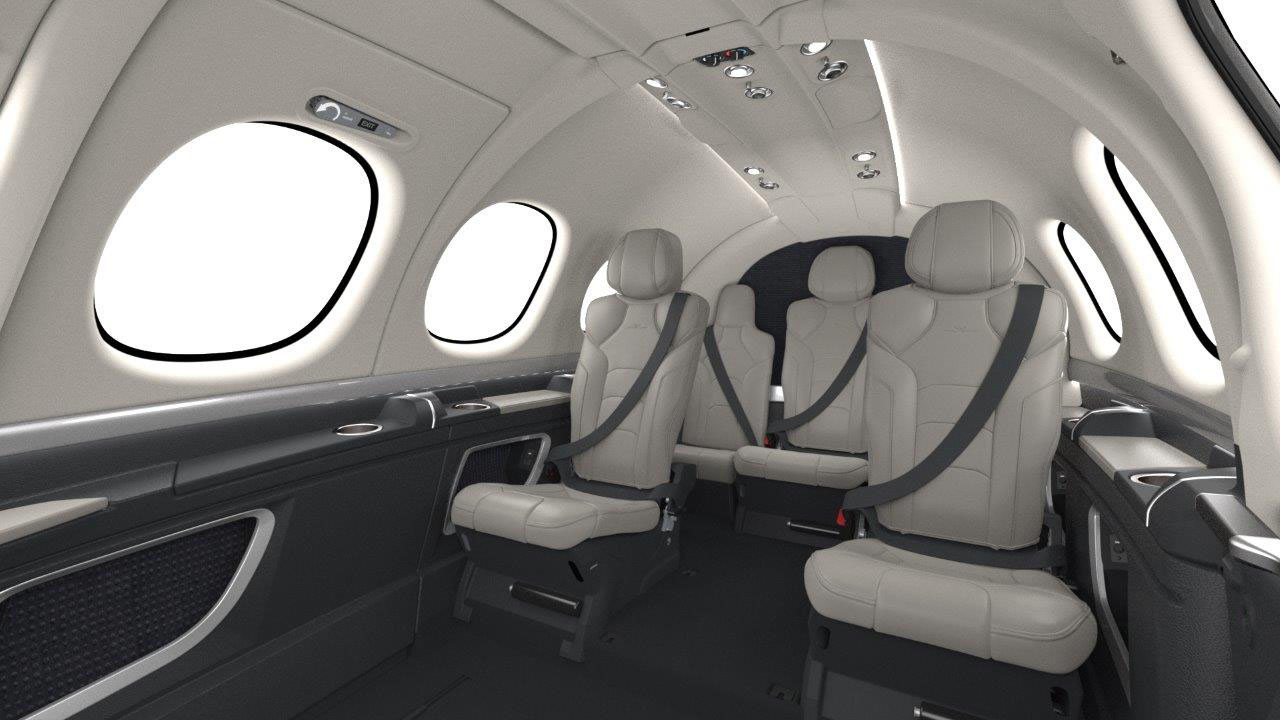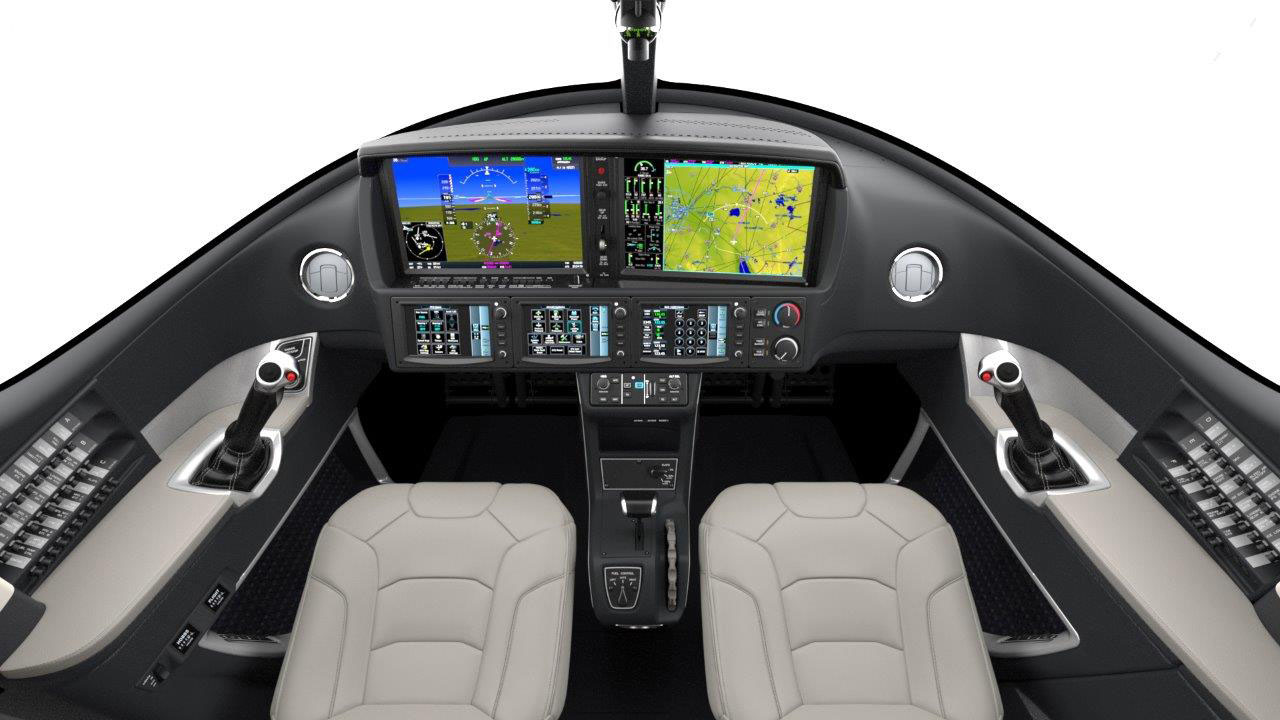Cirrus earns Vision Jet certification
Cirrus Aircraft established a new era in general aviation Oct. 30 with the announcement that it has received FAA type certification of its single-engine turbofan, the Vision Jet. The Model SF50 becomes the first modern single-engine jet certified in the civilian world and gives customers of the 6,500 piston-powered Cirrus airplanes already delivered an easy progression to flying a pressurized turbofan.

The major subassemblies, all made from carbon fiber, are manufactured at the company’s Grand Forks, North Dakota, plant. Final assembly is done in Duluth. First delivery of the jet will occur in December in Duluth. But ultimately all customer services, including training and delivery, will be moved to the company’s new Vision Center under construction in Knoxville, Tennessee.
First customer for the SF50 is Joe Whisenhunt, a Conway, Arkansas, real estate developer who has owned nine piston-powered Cirrus aircraft since he began flying eight years ago. He has accumulated about 500 hours since then. He’s flown one of the development airplanes and is excited to transition to the jet. The company plans to be delivering an airplane a week by the end of the first quarter of 2017 with a further ramp up later in the year—all aimed at working down a 600-order backlog.

The Vision Jet is certified to 28,000 feet and has a top speed of 300 knots true airspeed. It can fly as far as 1,000 nautical miles. While it will seat seven, Pat Waddick, president of innovation and operations, said it seats five comfortably with two small seats available for the aft cabin. The single Williams FJ33-5A engine puts out about 1,800 pounds of thrust and is managed through a dual-channel full-authority digital engine control (FADEC) system. In the cockpit, a variant of the Garmin G3000 cockpit called Cirrus Perspective Touch aims to ease Cirrus piston customers into the jet environment. The switches, for example, are almost all in the same place. However, the jet panel includes extensive synoptic pages for monitoring and managing systems. A set of small touch screens allow the pilot to manage all the navigation and communication systems as presented on the large primary and multifunction displays.
Among the many innovations of the Vision Jet is the inclusion of the Cirrus Airframe Parachute System that is standard on the piston airplanes. The SF50 is the first jet to include a parachute system. The jet CAPS deploys from the nose whereas the piston version deploys from aft of the cabin. Waddick told reporters at the National Business Aviation Association convention in Orlando, where the certification announcement was made, that the parachute project was so difficult the company almost abandoned adding it to the airframe. However, it is a part of the certified airplane.
Company co-founder and CEO Dale Klapmeier doesn’t use many numbers when describing the project. “We’re changing the way customers live their lives,” he told a group of customers and industry representatives Oct. 30. “Today we have the type certificate for the Vision Jet, 10 years in the making. It is a plane that is going to change the industry—change how we think about travel.”
Waddick re-iterated that notion, saying the Vision Jet “will change your life forever.”





